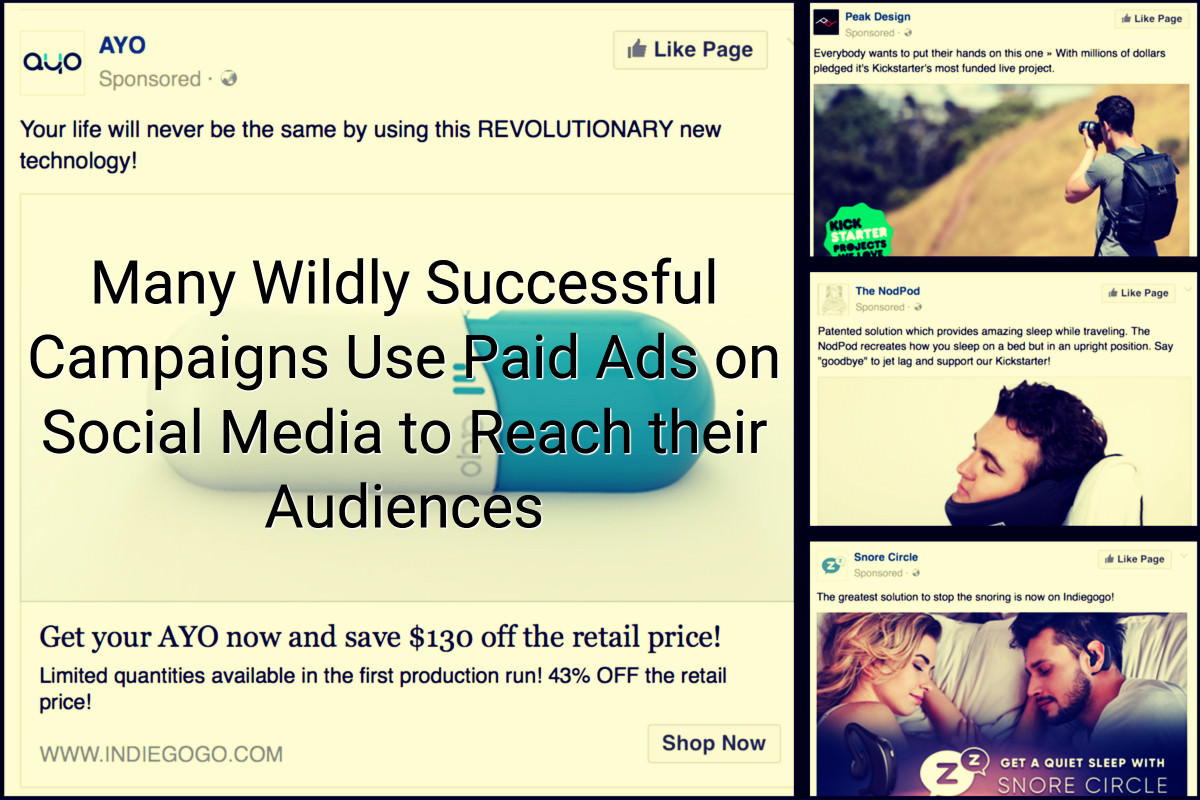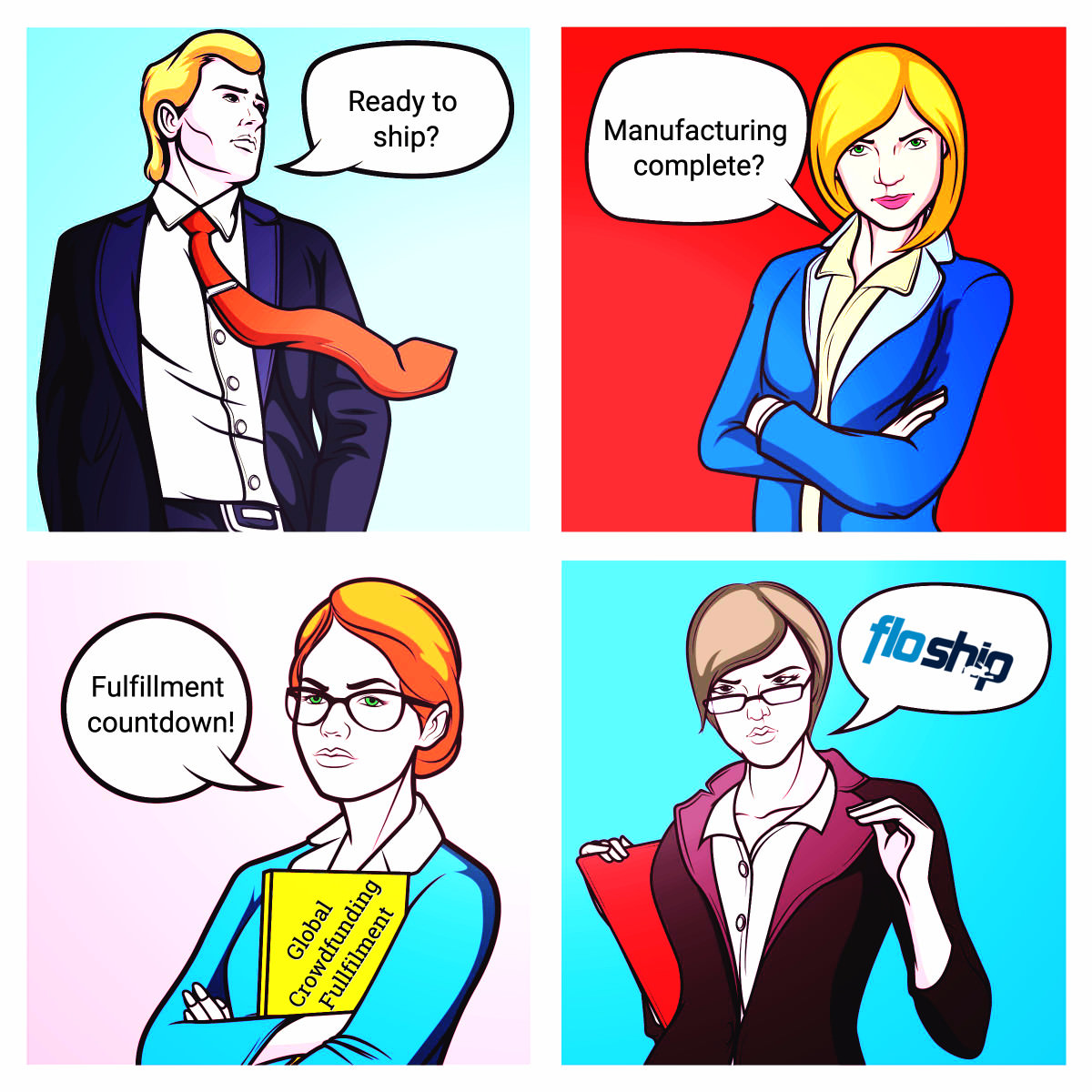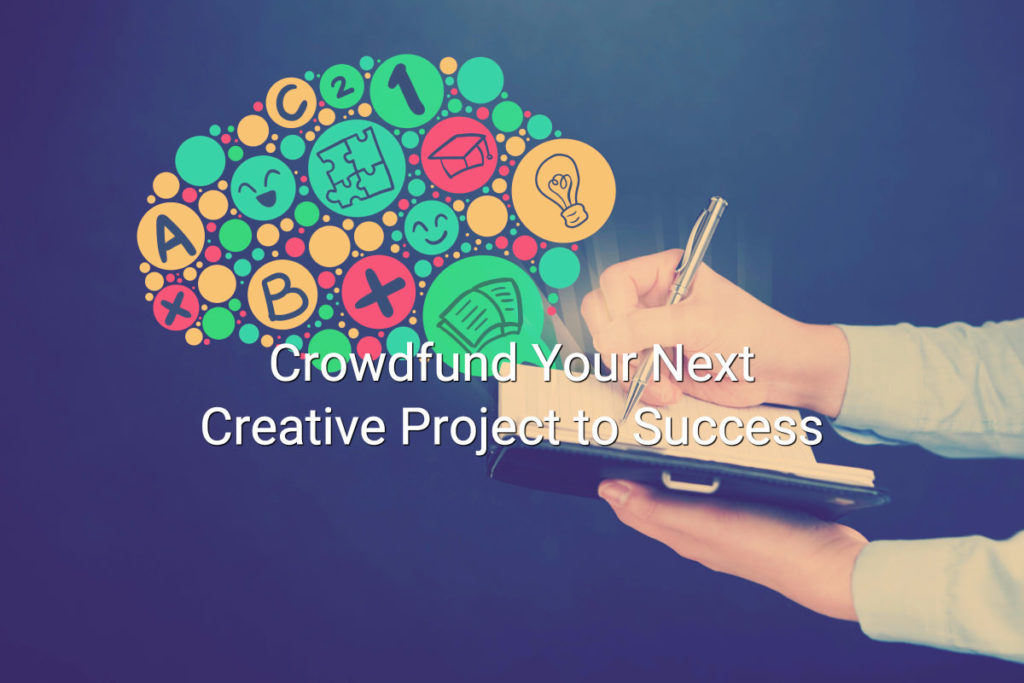Crowdfunding is a superb way to get projects off the ground.
More flexible than working with traditional investors and without fear that your niche product is too risky, crowdfunding is an efficient and low-risk method to bring innovative ideas to the market.
While anyone can crowdfund, it is important to have a strategy to optimize your results.
Planning Your Crowdfunding Launch
No matter what kind of endeavor you want to undertake, you should map out the creation process and think of what difficulties you may encounter along the way.

The planning stage goes much farther than just concept sketches and brief descriptions.
Potential investors, even crowdfunders, want to see that you’ve thought long and hard about your project before feeling secure enough to back you monetarily. Your plan can include budgets and prototypes, information on the product usage, materials used, and any other relevant information which may be of interest.
Your research and planning stage should also answer a few questions that investors might ask.
For example, if similar products already exist you will need to differentiate your project from the rest. Unless your product is more innovative than what is already on the market, investors will be unlikely to fund you.
- How is your product different?
- Why is it important?
- Is there a market?
Many projects fail in the early stages since the crowdfunding is started before the planning stage is finished. All possibilities and hurdles should be considered in the planning stage. This will help you avoid many setbacks and disappointed investors due to poor planning and lack of alternative solutions.
Imagine, if a supplier in your supply chain goes out of business or stopped supplying your needed materials, could you easily replace your supplier without incurring extra costs?
Show Your Expertise And Skills

The sad truth is that crowdfunding sites are inundated with new projects every day; with most of the projects end up never being completely funded.
(For a reality hit of your odds–there are calculators to predict your projects potential to raise funds; and Kickstarter’s own stats on successful funding; and other market research to highlight the point.)
Investors have an advantage since they have a huge amount of options.
To overcome this disadvantage, your project needs to stand out from the crowd.
When you are already established in your area, you have an advantage. If you are relatively unknown, it may be trickier to gather interest outside of your family and friends.
PREPARE TO SUCCEED, FREE GUIDE:
‘7 Challenges Faced by Wildly Successful Crowdfunders And How You Can Overcome Them’
The Truth About Crowdfunding Success…
If you have experience, show it!
Refer to some successful projects or important research that you partook in before launching your own product. Inform your investors as to where they can view your previous work. You can mention relevant education, but it should not be the sole focus.
It is better to have skills which can be applied to the real world than a degree which anyone can obtain.
When you do not have experience, you should strongly consider getting some before launching your project. Start a small side project in the same medium as your proposed crowdsourced project. Keep it limited in budget and scale, but make sure it works.
Doing this is excellent practice for highlighting possible obstacles in your larger project and will provide tangible proof that you are able to accomplish your aims in the next crowdfunding campaign.
Some projects are too large or complex for one person. If a team is involved, each participant should list their skills, expertise, and role within the project.
Set Clear Milestones, Goals, and Rewards
You should set very clear, definable goals that are easily marked off when achieved. Having vague milestones can confuse investors and make any progress seem inconsequential.
For example, if your project goal is to make a film, then break down every step along the way.
For the film you will need to have cut-off dates for finding actors, securing a location, beginning the principle shooting, having the rough edit, and completing the soundtrack.
All of these steps need to have a timeframe and some sort of evidence to show they were completed.

Similarly, when offering perks and rewards to investors, these need to be clear-cut and simple to understand.
Investors need to know at first glance what they get out of the deal; which can range from a mere thank you or an offer for the completed work.
You could offer a variety of rewards aimed at various levels of investment. You might also be able to offer high-end rewards for larger backers.
It is always best to offer a top tier reward for your project since it is likely to encourage investors to invest more and you will not risk anything if no one invests that amount.
A hundred backers paying a dollar each is more valuable than one backer paying a hundred dollars, as each of those hundred people can go on to spread the word to their own social groups.
Proposed shipping dates are also a good idea to have, but do not be over ambitious with your targets and give yourself a bit more time than needed.
If you are able to ship earlier, that will be seen favorably by investors, boost their confidence in you, and may encourage them to look out for your future projects. If you miss a shipping deadline, even given circumstances beyond your control, enthusiasm for your project and your general credibility is likely to wane.
Promote Your Project
If no one hears about your project, no matter how interesting it is and how many rewards are offered, no one will invest. There are many projects for potential investors to back, and no one will specifically look for your project.
You need to devote time and energy to getting your project in front of people who will be interested in it.
Utilise social media to the best of your ability. It is free to join most social media networks, and you probably already have a following on a social media account to some degree.
You should devote time to building up your following as a professional, perhaps under a different account, before launching a crowdfunding project. You need to have people interested in the product you are offering. It helps to engage your audience.
Instead of just posting updates, invite them to interact with you through question and answer sessions or just by asking their opinion. Take any feedback into account and thank them for their contributions because it might give you a new perspective.
Even if you disagree with their opinion, you should handle the exchange of ideas with respect and professionalism. Your social media outlets are professional outlets and can serve to boost your personal brand.
Many of the most successful campaigns utilize Facebook’s paid advertising to reach their target audience:

To add urgency to a Facebook ad spend for crowdfunding, your chosen platforms special perks, as the example below shows the structure of using the “secret perk” with a Facebook ad campaign:

Once your project has launched, create a buzz around it with social media; ideally you have built a following pre-launch but there is still friends and family–and paid social media–to help you spread the word and reach your target buying audience.
Generate as much interest and enthusiasm as you can by inviting followers to share the project with their friends and family.
You really need to define what makes your product unique and interesting and use that to capture potential investors’ interest.
Communicate Clearly With Your Backers
All of your investors should receive timely updates on the project they are funding.
Their money funded it, and they should know what is happening. If you have just achieved another step towards completing your project, tell them about that achievement to show that progress is being made. Use the backer update function to get a direct line into your backers email inboxes–plus, it updates on the campaign page.

If there are unforeseen delays, you should communicate this, the reasons why, and what you are doing to fix the situation.
While your updates should always emphasize the positives, do not be tempted to ignore sharing bad news altogether. You will appear more trustworthy if you explain the difficulties with little delay, rather than apologizing months later when the difficulties have affected the outcome of the project.
It is also very important to remember to retain a professional and mature attitude when updating.
While it can be tempting to blame others when difficulties arise, this only serves to make you look childish and incapable of handling the situation. Instead, focus on your actions and resolutions while keeping any personal problems out of the public view.
If you decide to pursue additional funding from larger companies, communicate this clearly with your crowdfunding investors as soon as possible and give your reasons. Explain the advantages it brings to the project and why you have made this decision.
Many investors feel cheated by users who ask for independent funding and then go on to seek professional funding. This can lead to backlash on social media and affect the future prospects of your project.
Conclusion
With careful consideration, planning, and a lot of time and energy, you can make your project a success through crowdfunding.
This is a useful avenue to get innovative projects in front of potential investors without the middlemen.
Running a successful, crowdfunding campaign is a large undertaking, but the above tips should offer you a solid framework to get going.
Learn More: Crowdfunding Resource Library
- Problems With Crowdfunding: 7 Issues to Consider
- Everything You Need To Know About Crowdfunding In 2018
- How Much Does It Cost to Run a Crowdfunding Program
- Does Your Crowdfunding Logistics Plan Meet This 7 Point Check?
- 3 Key Phases To Know Before Launching Your Kickstarter Campaign
- Perks You Can’t Offer in Your Indiegogo Campaign
- How To Use A Kickstarter Campaign to Boost Your Brand And Funds
- Crowdfunding for Start Up Entrepreneurs: How FCLP Can Help
- 3 Mistakes People Make When Listing A Campaign On Crowdfunding Sites
- Indiegogo vs Kickstarter: Which is Best for Your Crowdfunding Campaign?
- There Is An Easy Way You Can Get Your Crowdfunding Backers Worldwide
- Everyone Loves BackerKit – Especially Kickstarter Campaigns
- Crowdfunding Fulfillment: Product Delivery to YOUR Backers
- How to Choose the Right Platform for YOUR Next Crowdfunding Project
- Five Ways To Make Crowdfunding Fulfillment Easy
- Easy Ways You Can Turn Crowdfunding Into Success
- 13 Best Kickstarter Alternatives for Crowdfunding Anything

Ready To Upgrade Your Logistic Solution?
Speak to Floship ecommerce logistic consultant about improving your global support chain today





